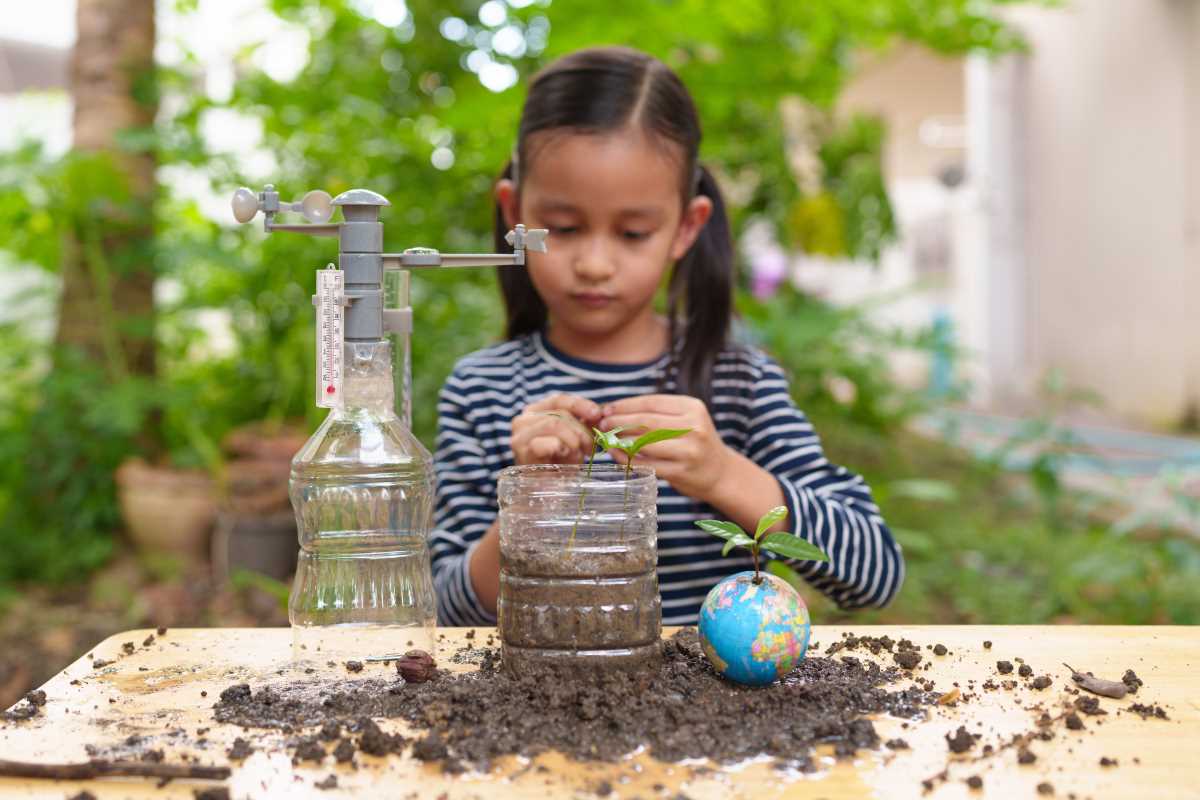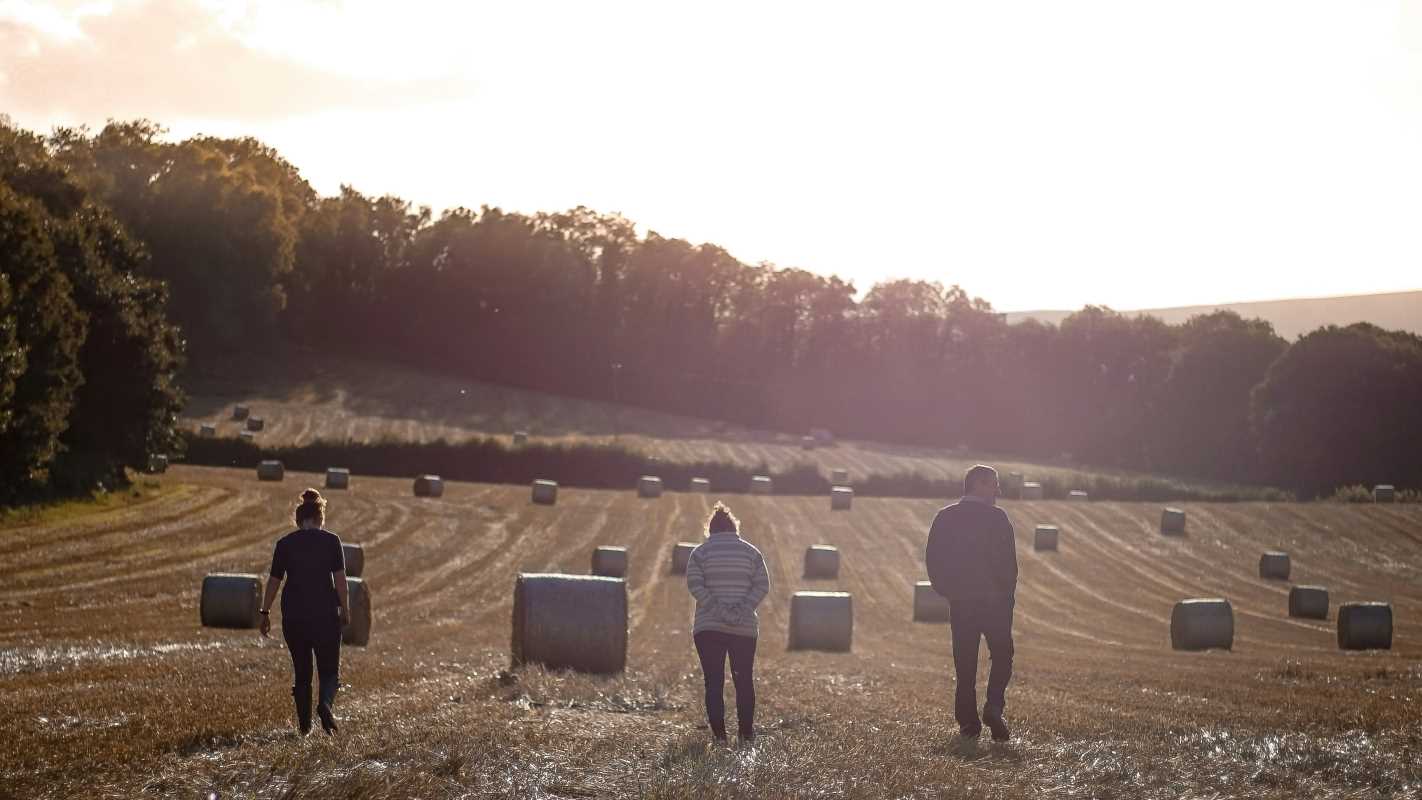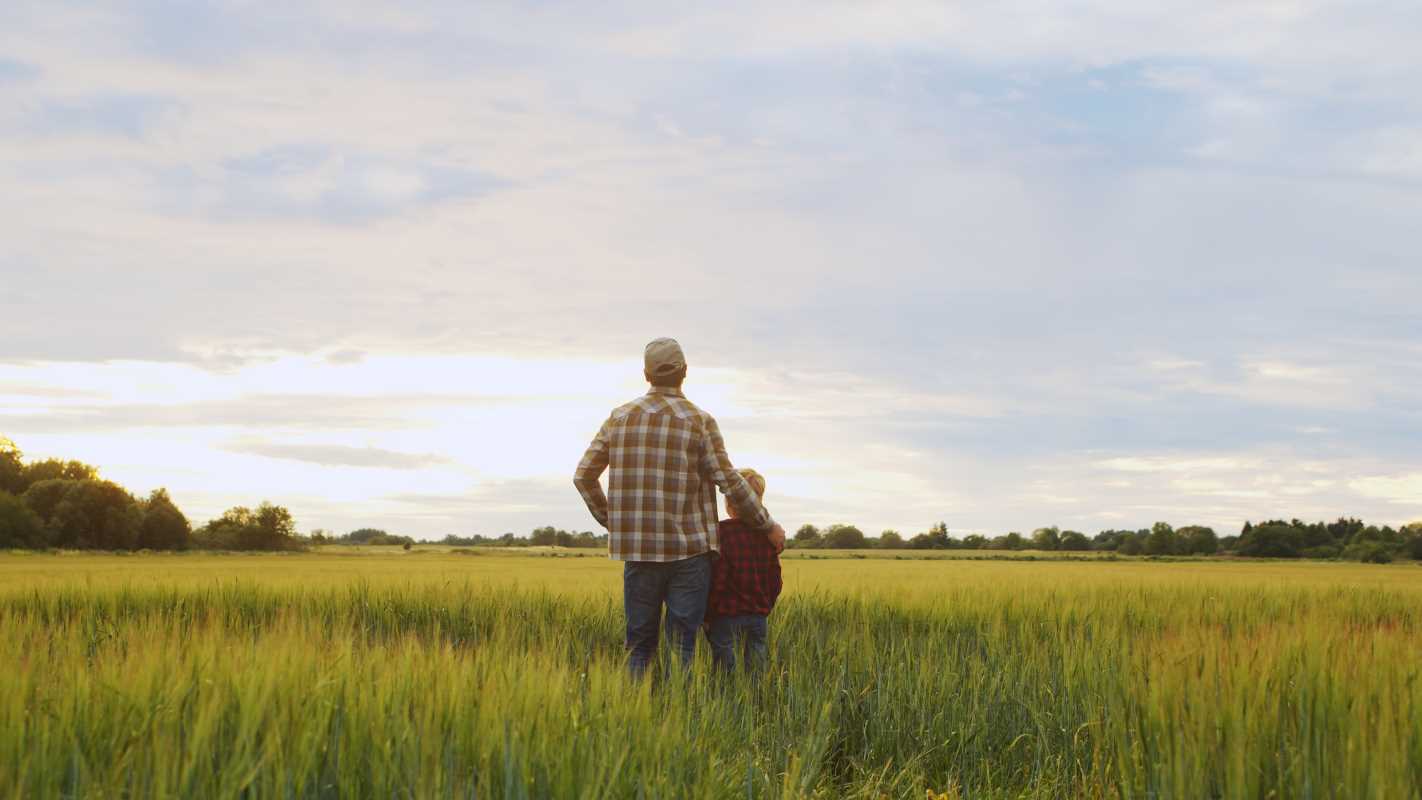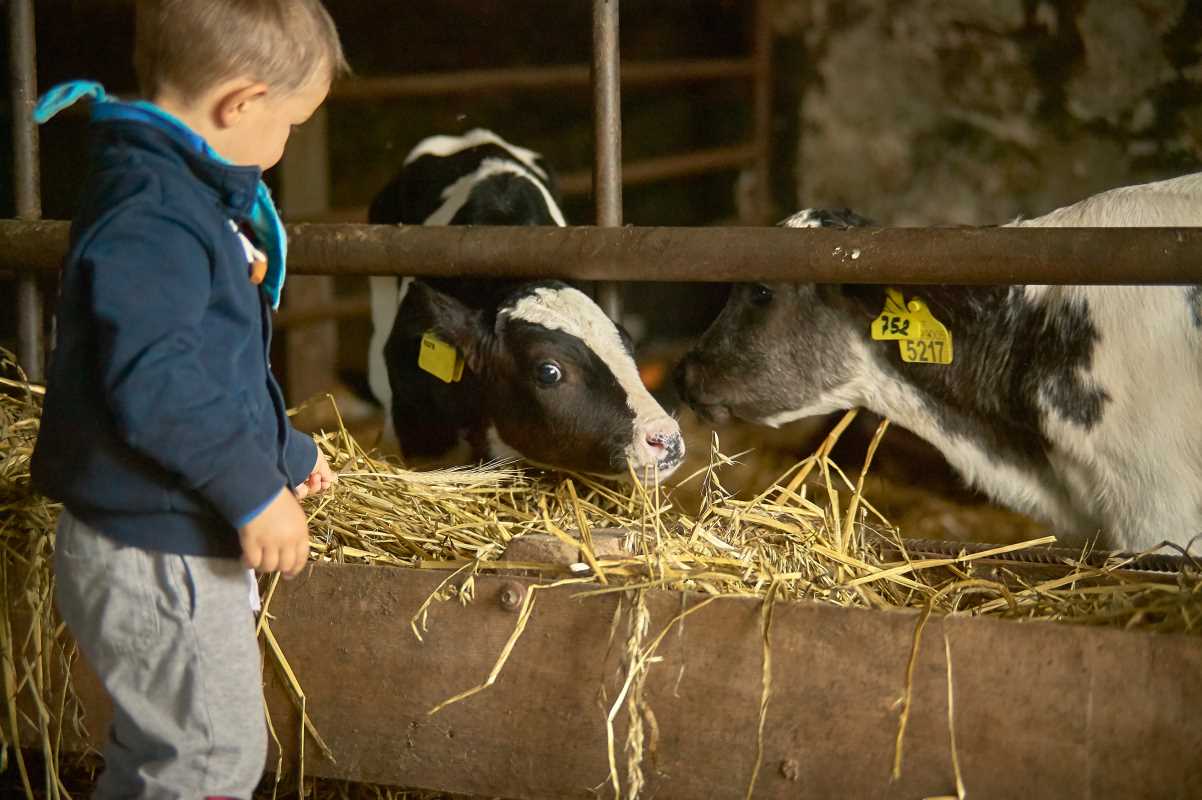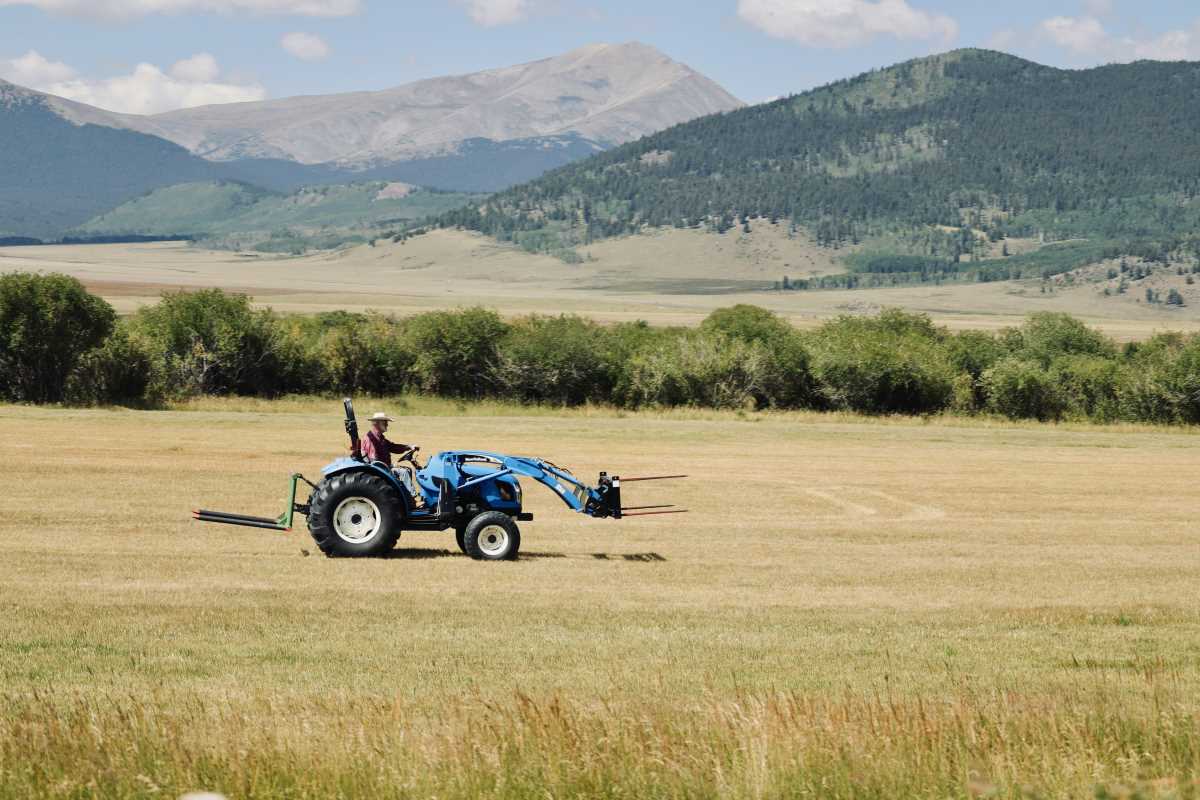Bringing learning outdoors transforms open spaces into dynamic classrooms where students explore seeds, soil, and harvests firsthand. Teachers spark curiosity by weaving real-world experiences into lessons, allowing students to dig in the dirt, observe plant growth, and understand the cycles of nature. As students spend time outside, they gain valuable skills, enjoy the benefits of fresh air, and develop a deeper connection to the material. Guiding students through each stage of the process helps them feel invested in their education and proud of their accomplishments. With thoughtful planning, anyone can set up an engaging outdoor learning program that uses the land as a rich educational resource.
Start by outlining goals: increase understanding of plant science, improve math skills through measuring plots, and boost reading by keeping journals of observations. With these objectives in mind, you will design activities that progress smoothly from planting seeds to tasting produce. A well-planned structure keeps everyone engaged, from the first sprout to the final harvest.
Understanding Farm-to-School Curriculum Basics
Before starting, create a plan. Set learning goals that connect to hands-on tasks. Study seasonal cycles and local climate patterns so your activities match planting times. Gather essential materials—tools, seeds, and journals—so you can jump straight into action.
- Set clear objectives: Decide whether to focus on biology, nutrition, or community service first.
- Align standards: Match each activity with science, math, or language arts benchmarks.
- Plan a season schedule: Mark sowing dates, transplant days, and harvest events on a shared timeline.
- Establish safety procedures: Show learners how to handle tools, lift soil bags, and wear protective gear.
- Evaluate resources: Take stock of your land, equipment, and volunteer support before finalizing your plan.
Building this foundation prevents gaps and makes sure each lesson connects to the next. You set a clear path so instructors and students know what to do next and why it matters.
Designing Outdoor Learning Spaces
Large plots provide many opportunities, but adding structure makes them easier to manage. Divide fields into specific zones—plant beds, compost areas, and gathering spots. This organization helps you keep lessons on track.
- Raised beds: Offer controlled soil depth and warmer soil earlier in spring.
- Compost station: Demonstrate decomposition by layering greens and browns in transparent bins.
- Weather shelter: Set up a simple canopy or use an old barn space for shade and rain protection.
- Water access: Install hoses or a rain barrel system for efficient watering.
- Tool shed: Label tools and store them safely for quick access during lessons.
With designated areas, you guide students from one station to another without confusion. Each zone becomes a stage for focused learning experiences.
Using Local Produce in Lesson Plans
Work with nearby farms or orchards to get fresh fruits and vegetables. Run taste tests, compare soil textures, and measure yields per row. Using real produce makes lessons memorable.
Connect each crop to a learning theme. Track spinach growth to teach about photosynthesis. Use tomato harvests to demonstrate data collection and charting. When students see the entire cycle from seed to plate, they understand concepts more quickly.
Getting Students Involved with Hands-On Activities
Children remember best what they touch, taste, and smell. Start with seed-starting projects in small pots. Then move to direct sowing in garden beds once roots appear. Assign each student a specific task—planting, watering, or weeding—to build pride in their work.
Include measurement activities. Challenge students to record plant height weekly and create graphs of their results. Ask them to write short reflections on growth patterns and soil conditions. These writing tasks improve communication skills and reinforce scientific observation.
Building Community Partnerships
Work with local growers, extension agents, and garden centers. Invite them to demonstrate composting, pest control, or drip irrigation techniques. Their expertise enriches your lessons and strengthens community relationships.
Reach out to restaurants, farmers markets, or co-ops for extra crops. Students can organize a farm stand or prepare simple recipes using harvested ingredients. This outreach demonstrates real-world economic connections and fosters local pride.
Assessment and Reflection Methods
Regular check-ins help ensure learners understand key concepts. Use quizzes asking students to identify plant parts or calculate fertilizer ratios. Combine these with practical tasks—like conducting a soil test—to measure applied knowledge.
Encourage reflection journals. Have students record challenges they faced, solutions they found, and ideas for improvement. Reviewing these entries with them builds critical thinking skills and highlights growth over the season.
Integrating land-based lessons makes learning engaging and helps students develop practical skills. These skills benefit them beyond the classroom, in their communities and future endeavors.
